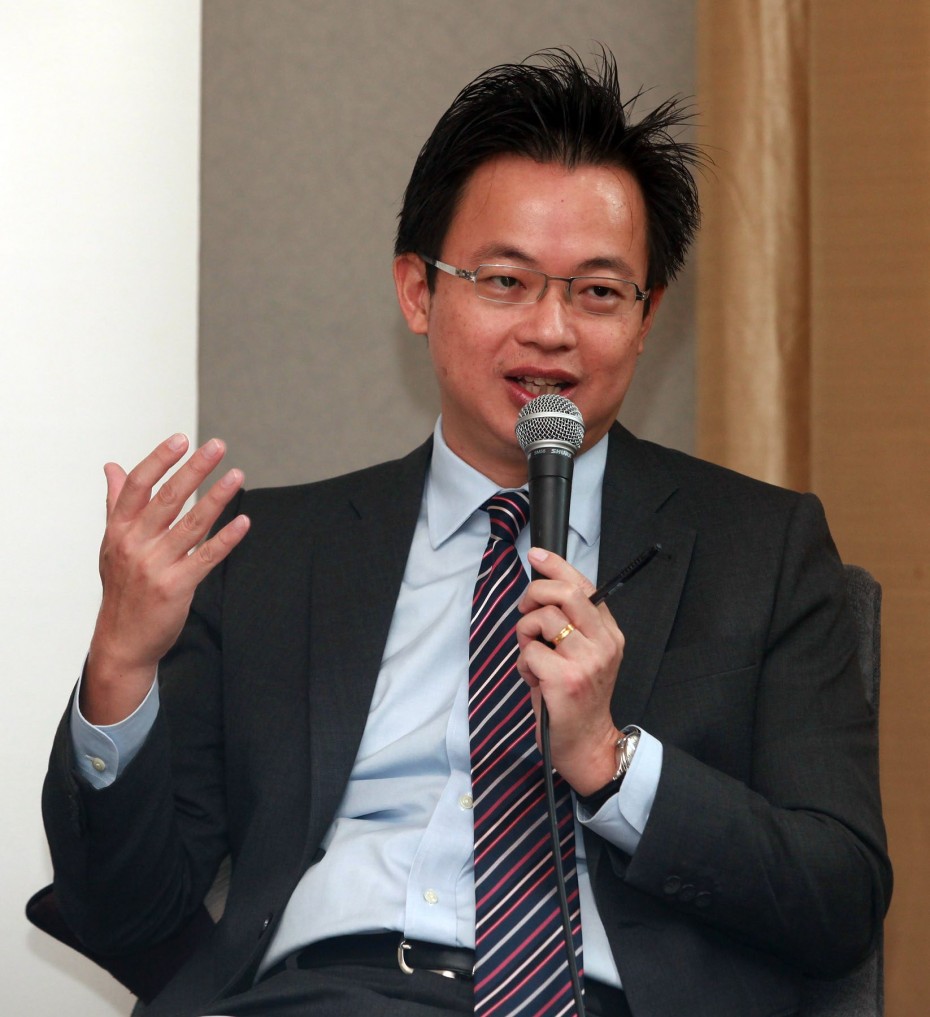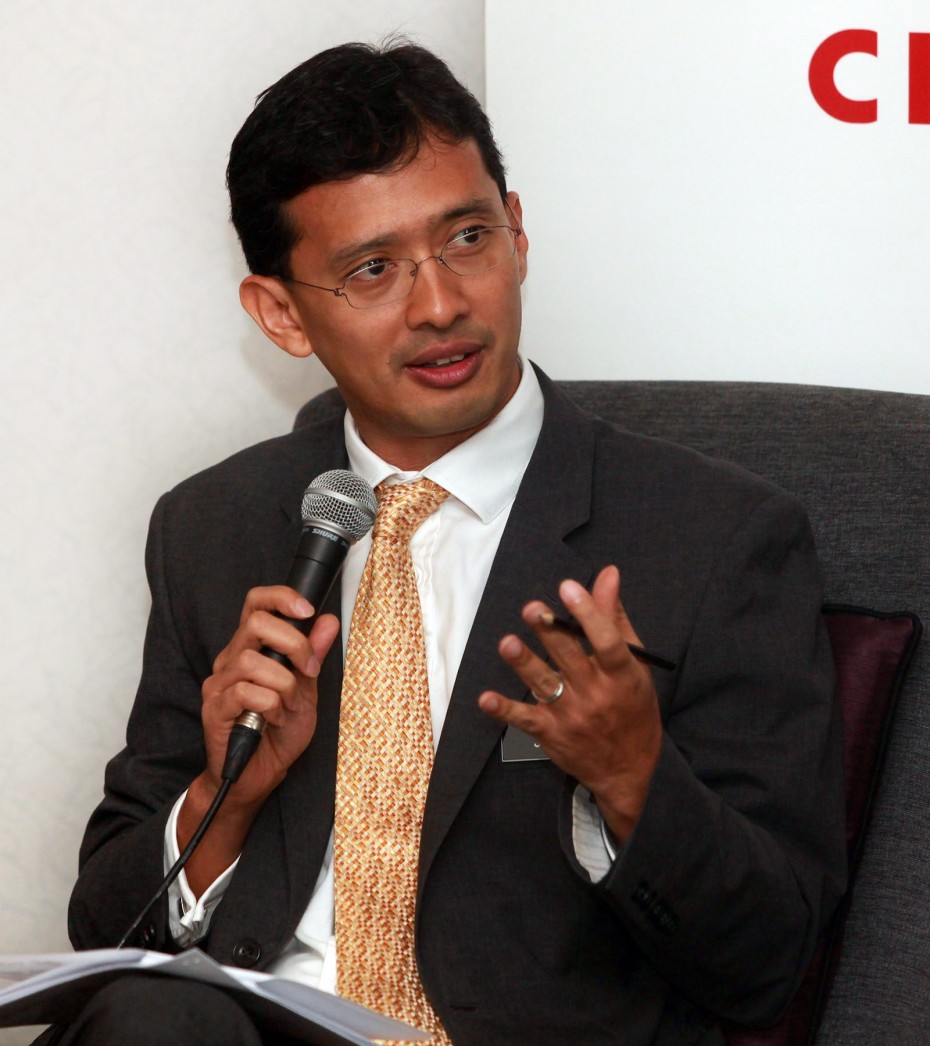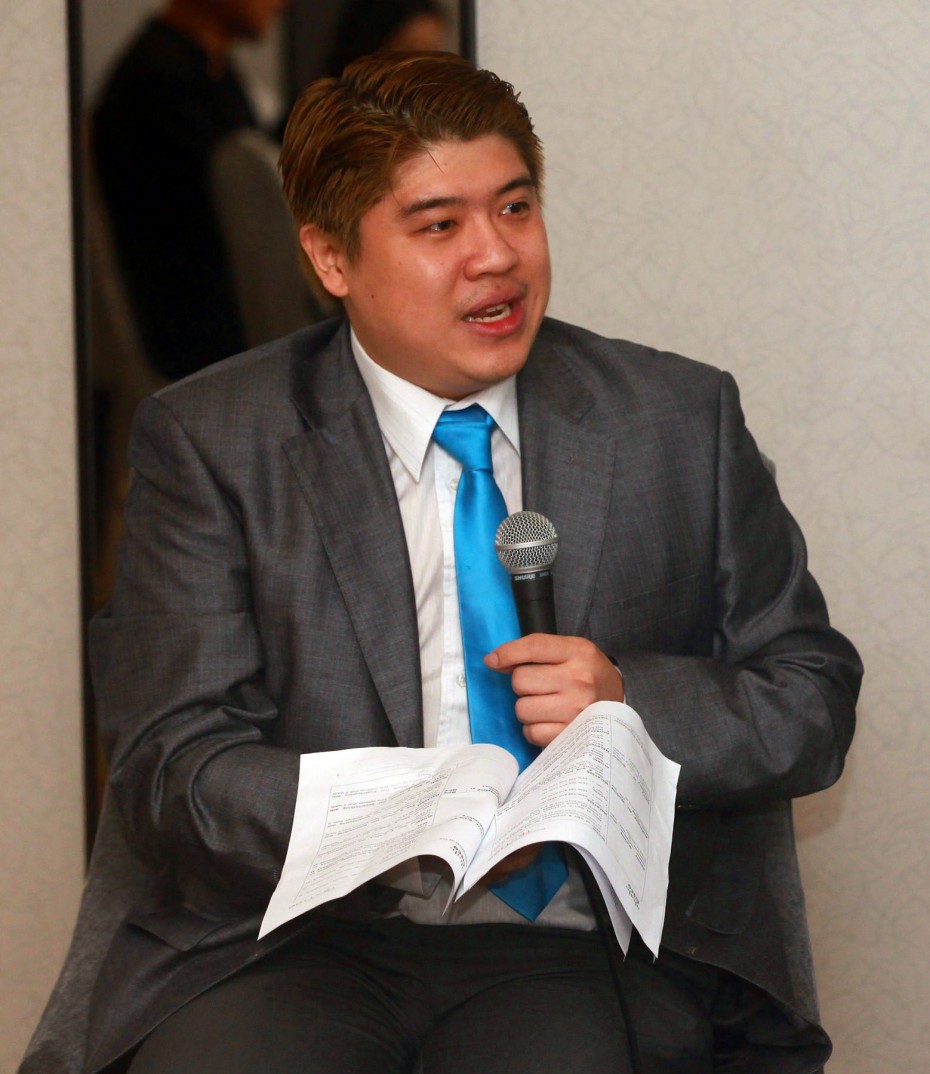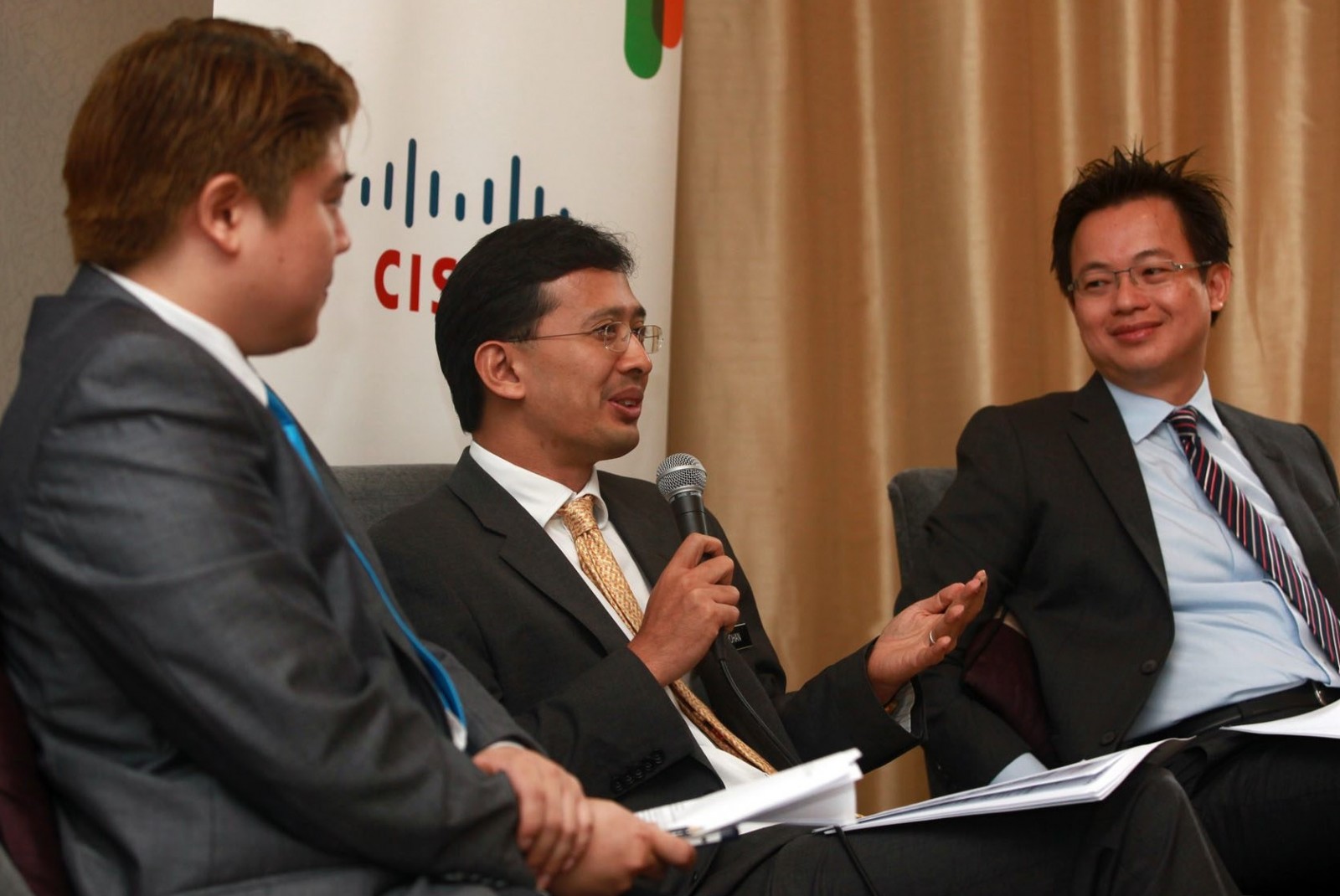These days, being a multitasker just isn’t gonna cut it anymore. Apparently, you’ve gotta be a SUPERTASKER.
What’s the difference between a multitasker and supertasker, you ask? Well a multitasker is someone who is able to balance a few tasks at the same time. No big deal, right? On the other hand, a supertasker not only conducts multiple tasks, but thrives on it — a result of our generation’s obsession with multiple gadgets.
According to the Cisco Connected World Technology Report, 63% of Gen X and 57% of Gen Y employees identified themselves as supertaskers.
The report also brought up a few other interesting statistics: 56 percent of Gen X and 80 percent of Gen Y would look at their smartphones first thing in the morning instead of their loved ones.
And when asked which one they would give up for a month — smartphone or sex — 58% of Gen Y in Malaysia answered SEX.
With the rise of technological dependency and connectivity among Gen X and Y, Cisco Malaysia country manager Albert Chai said the demands and expectations in the modern workplace has changed.

Chai revealed that 54 percent of Gen X and 53 percent of Gen Y in Malaysia are willing to take a pay cut for greater workplace flexibility. – Photo: CHAN TAK KONG/The Star
The study showed that 65.6% of Gen X and 61% of Gen Y employees in Malaysia prefer to work any time from any location, instead of being confined to the office for a fixed period.
“Based on the study, more than half of the Gen X and Y prefer flexible working routines. And interestingly enough, more than half of Malaysians are willing to take a pay cut in change for better work mobility and flexibility,” said Chai.
Talentcorp CEO Johan Merican, speaking after the survey results were announced, highlighted that while technology is a very important enabler for flexible work arrangements, it will be pointless if there isn’t a change in mindset.

According to Johan, companies should respond to their employees’ requests and embrace flexible work arrangement. – Photo: CHAN TAK KONG/The Star
“In this day and age, with the pervasive technology and connectivity we have, it’s neither complicated nor costly to introduce some form of flexibility in work arrangements,” he said.
“And maybe the desire for flexi hours is due to many factors like to avoid traffic jams or difficulties in getting domestic help for those with families. So I think it’s important that companies respond to their employees’ demands.”
Johan even quoted a Talentcorp survey on corporate relations that found only a third of Malaysian corporations today have some form of flexibility, which he said, isn’t good enough because the Cisco survey showed more than 60% of employees do not believe in traditional work schedules.
“When we talk to other companies, they say they have flexibility, but on a case-to-case basis,” he said.
“So for example, if a very invaluable person says he cannot balance work and family, and he wants to leave the company, only then will the company start compromising, which I think is bad because it might be too late.”
That’s why it’s important to have a policy where employees know that flexibility is available when required, as it gives them peace of mind when they have other life responsibilities or emergencies, he said.
Johan added: “We are trying to encourage more corporation to embrace flexibility now, especially when technology facilitates it.”
“It’s an opportunity for Malaysian businesses to progress. If not, it will be a waste of the talent pool because 60% of Gen X and 50% of Gen Y believe that supertasking will increase productivity,” said Chai.
Social Grooves managing director Christopher Tock echoed their sentiments by saying that times have changed, and Malaysian companies should keep up.

“There are so many ways a leader can communicate with their employees – text, Whatsapp and other online tools. So the leader should embrace social connectivity first before everyone else can adopt it,” said Tock. – Photo: CHAN TAK KONG/The Star
When Tock first started working seven years ago, he was penalised for using social media platforms like Facebook and Twitter at work, even when it was used to disseminate work-related information and for research.
“Now, I see companies using that as a research centre. And they are benefiting so much from it because the employees no longer feel limited as to what they can do and how they can contribute to the company,” he said.







Tell us what you think!